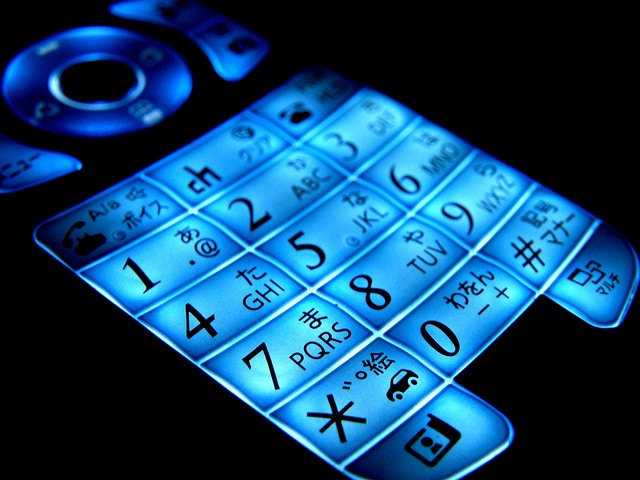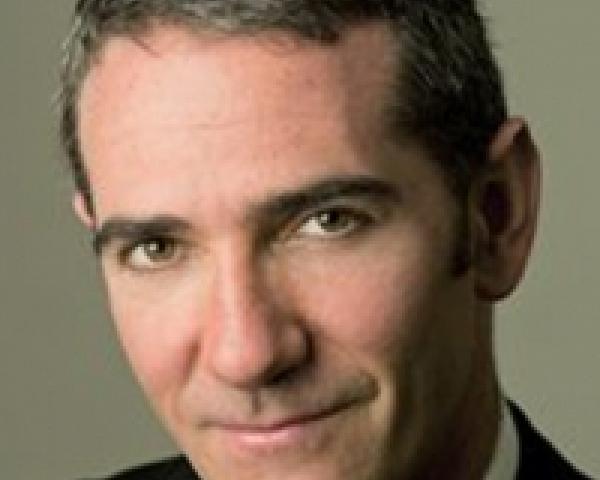Not so long ago, a senior executive at Insurance Thought Leadership received a phone call on his smartphone in which the caller claimed to be returning a call. The ITL executive politely let the caller know that he hadn’t called. Then came another "returned" call… and another. Each caller said he had received a call from the ITL executive's mobile number and that the caller hadn’t left a message. All told, the ITL executive received about a call a day for about a week.
Naturally, he called his mobile provider to find out what was going on. The provider said it sounded like "phone spoofing."
How It Works
Spoofing is effectively falsifying a piece of identifying information, like a return email address. “Phone spoofing” relates to the number that shows up on caller ID -- someone appears to be calling from that number but doesn't own that number and is really calling from somewhere else. Spoofing is used to trick people into picking up calls they otherwise wouldn’t (and get around the
National Do Not Call Registry). For a shady caller from outside the area – and often the country – a local number is less likely to raise suspicion.
The real target of the scam is the person on the receiving end of the spoofed call. In the past year, attorneys general in
Arkansas,
Ohio,
Pennsylvania and
Rhode Island (among others) have all issued warnings related to phone spoofing scams.
If the recipients do answer the calls, they’re treated to a lovely conversation with ethically challenged telemarketers, debt collectors or scammers. And, as with most sketchy callers, they don’t leave a message if the target doesn't answer. If the recipients are curious about who called, all they have to go on is the spoofed (false) number that appeared in their caller ID. The result: numerous angry “return” calls to the wrong person. In effect, the real owner of the spoofed number is collateral damage.
Spoofing technology is unfortunately cheap and widely available. As a result, anyone with a smartphone can be a victim -- though
the scam works just as well on landlines.
What to Do to Protect Yourself
The
Truth in Caller ID Act of 2009 prohibits anyone in the U.S. from “knowingly transmit[ting] misleading or inaccurate caller identification information with the intent to defraud, cause harm or wrongfully obtain anything of value….” The act also includes penalties of as much as $10,000 per violation, and related FCC rules note that telemarketers are supposed to display an accurate phone number that can be called during regular business hours.
That all sounds good, but… there are a couple of problems with this scenario as it plays out in the real world. The nature of phone spoofing can make it tricky to figure out who actually made the call in the first place. Moreover, many of the perpetrators are based outside the U.S., effectively placing them beyond the reach of the law. While there has been an attempt to enact an updated version that expands the law’s reach to include calls made to recipients in the U.S. from outside the U.S., it’s naturally moving at the speed of Congress. And, of course, enforcement of that law against telemarketers, etc. based overseas will present an additional hurdle.
Another issue to consider: The FCC tends to view the recipient of the call as the primary victim of a phone spoofing scam. Consequently, “the intent to defraud, cause harm, or wrongfully obtain anything of value” noted in the Truth in Caller ID Act focuses on actions taken against the recipient of the call (as opposed to real owner of the number in question).
In a somewhat related matter, in late 2013 the Federal Trade Commission
(FTC) decided not to amend its Telemarketing Sales Rule to address caller ID spoofing because it didn’t believe that the proposed changes would have any effect on the problem.
As you may have guessed by now, stopping this isn’t easy. It’s fairly difficult – if not impossible – to completely eliminate the risk of having your number used in a caller ID spoofing scam. One step you can take to decrease the likelihood is to reduce the number of places in which your phone number can be found online. In effect, don’t give out your number unless you have to. This includes web contests and other online forms. And if it
is required for an online purchase, don’t save that information for next time. That way it – and your credit card details – won’t be there to steal if an intruder subsequently breaks into the retailer’s network.
What to Do if It Does Happen to You?
For starters, you can
file a complaint with the FCC.
But, although it’s unlikely that the information on your smartphone itself has been compromised (unless there is an additional, unrelated intrusion), your realistic options are unfortunately somewhat limited once your number is used as part of a spoofing scam.
1) You can block incoming calls, leave a message explaining what happened and, in effect, hope it stops before too long; or
2) You can change your number. Of course, that also means notifying friends, family and professional contacts (and perhaps changing your business cards, too).
If you don’t feel safe, you can also take the extra step of changing your passwords (which is never a bad idea).
And if you would like more information, you can check out the FCC’s
Caller ID and Spoofing page.
The silver lining here is that phone spoofing doesn’t equate to your phone – or the data on it – being accessed by someone else. Of course, that doesn’t make it any less annoying or disconcerting if it happens to you.
Happy Ending
In the case of the spoofing against the ITL executive, the system worked as well as possible. The authorities, working with the carrier, tracked the spoofing back to a scam artist in Germany, and an arrest was made.


